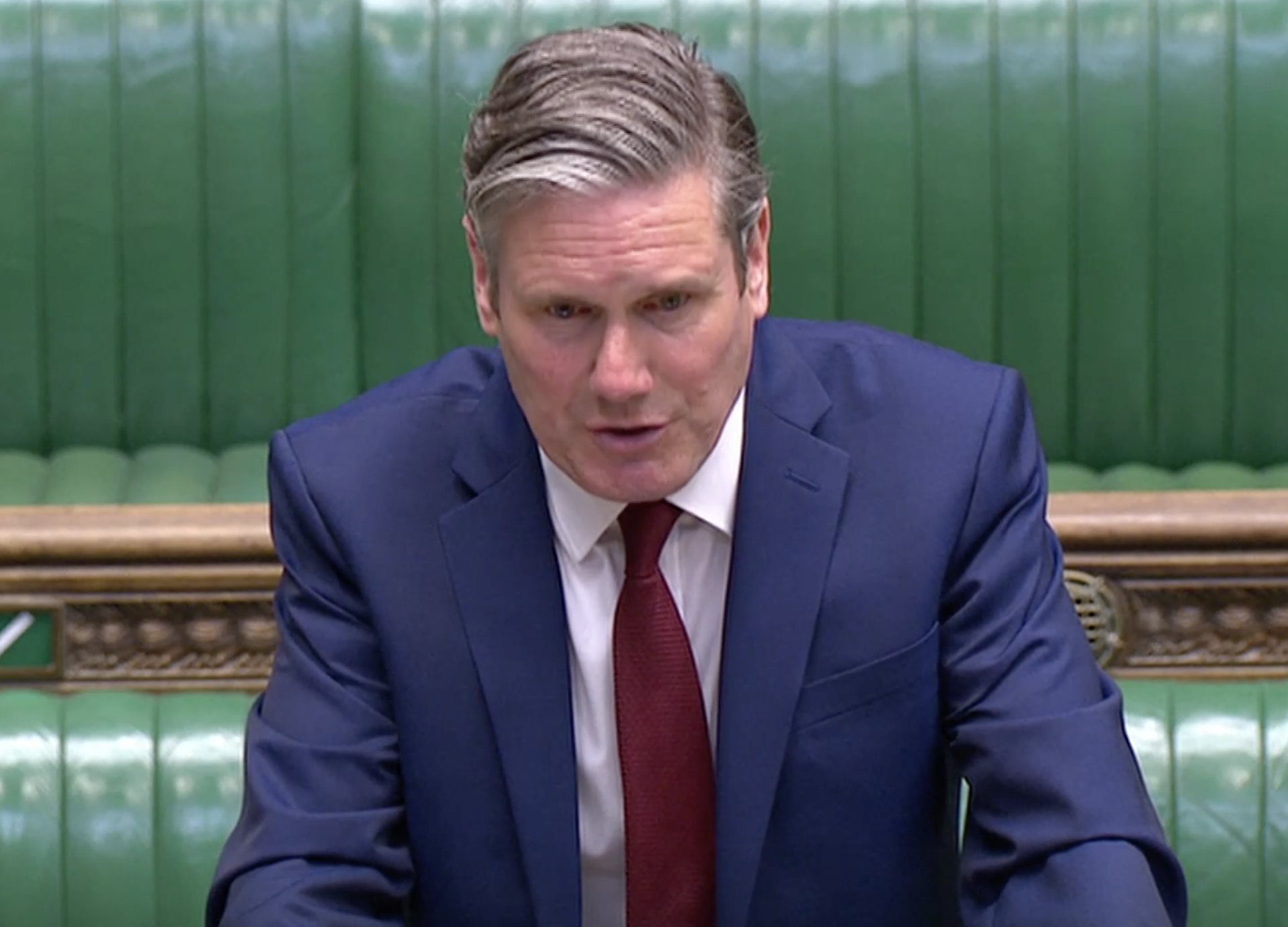Keir Starmer’s poll ratings are better than any opposition leader at this stage in their leadership since Tony Blair. The Labour leader is equally as well-thought of by the public as Blair was in December 1994, two months into the job. Mr Blair notably went on to win three general elections.
What does this mean? Before Labour start breaking out the champagne, Starmer’s ratings haven’t yet translated into projected electoral success. Labour still trail the Conservatives in voting intention in all polls, though it is up on its 2019 election result, with the Tory share largely unchanged.
It has yet to hit its 2017 high of 40 per cent, however, and it is worth noting that under its previous leader Labour did spend significant lengths of time polling in first place or broadly joint first place (and plenty on rock bottom, too).
Still, many poll watchers point to the idea that in recent history, leader personal ratings are a better guide to how parties will do when an election comes than their voting intention. To an extent politics has become presidentialised, and voters concentrate their minds on who the next prime minister will be when it comes to a general election.
This isn’t always the case, however. Margaret Thatcher was unpopular as an opposition leader in the run up to 1979, but still went on to win convincingly, several times. As with all political “rules” derived from past experiences, they work until they don’t.
But Labour will be pleased that Mr Starmer is certainly not appearing to be a drag on their fortunes. Most party leaders do however get a honeymoon period with the public (Jeremy Corbyn was a notable exception – his stock bumped along the bottom, rose in the run-up to the 2017 election, and then fell again).
To actually win at the next election, Labour also probably needs to break the stubborn Tory vote share, which has yet to dip below 40 per cent since the election (though it has plenty of time to do so).
It is worth considering the unusual situation with the coronavirus pandemic at this time, and the effect it might have on the polls. While comparing all opposition leaders two weeks into their terms is in a way ‘like-for-like’, in a way it isn’t – the shape of the political landscape they face is always different.
In Starmer’s case, there has arguably been less attention on him than a new Labour leader might expect because of the understandable focus on the global pandemic since he was elected. Apart from a strange story about a Donkey sanctuary, he hasn’t really faced any of the inevitable negative salvoes from the right-wing press that practically every Labour leader has had thrown at them, whether their name is Miliband, Foot, Kinnock, Brown or Corbyn.
This might turn out to be a permanent boost for Mr Starmer – while the public are forming their opinions of him as leader, the coverage has been largely neutral to positive. Or it might be that this process of attacking him just happens later, and any hit to his ratings is delayed. There’s a chance it could make things harder for him, too – oppositions can find it hard to get attention sometimes, and the appointment of a new leader is one time they are usually guaranteed it.
For now, Starmer’s ratings are promising, but it’s early days and there are reasons to think we need to wait a bit longer to see what the electorate will really make of him.


Join our commenting forum
Join thought-provoking conversations, follow other Independent readers and see their replies
Comments